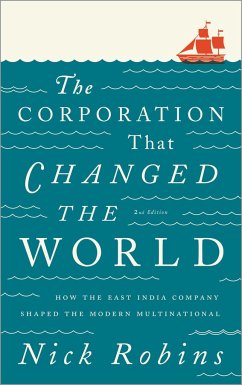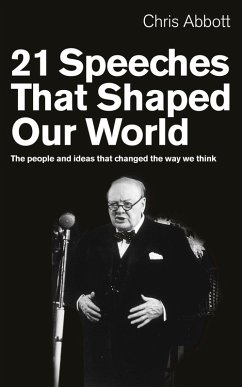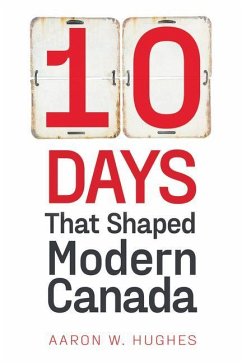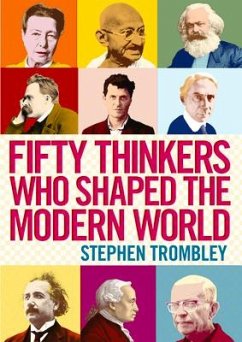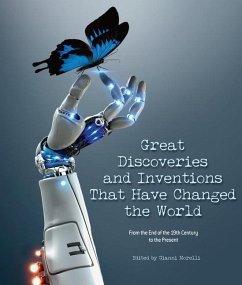
One Hundred Patents That Shaped the Modern World
Versandkostenfrei!
Versandfertig in 1-2 Wochen
59,99 €
inkl. MwSt.
Weitere Ausgaben:

PAYBACK Punkte
30 °P sammeln!
Patent documents describe inventions and offer accurate information about the history of technology. This book shows how patents and the inventions they describe have shaped the modern world. Patent documents from the 19th century to the present are covered, from frozen foods and ring-pulls for soft drink cans, to Monopoly, to MRI and insulin.





